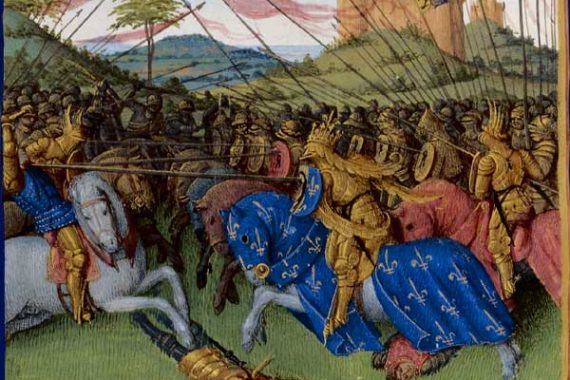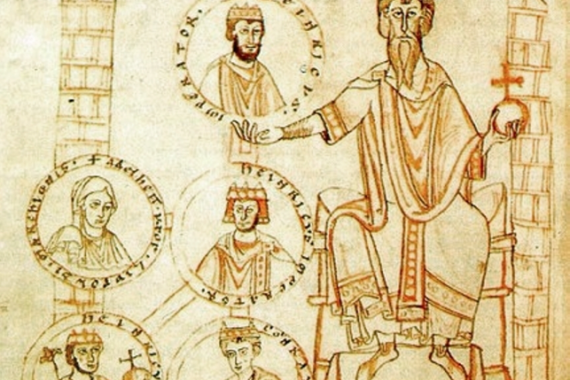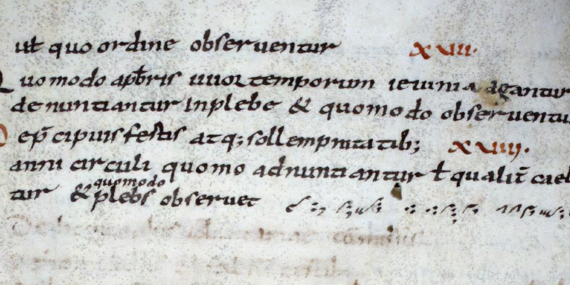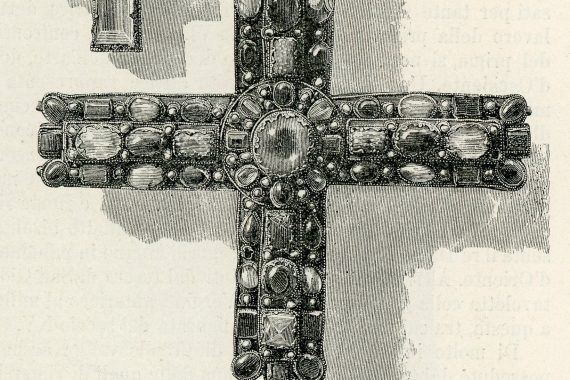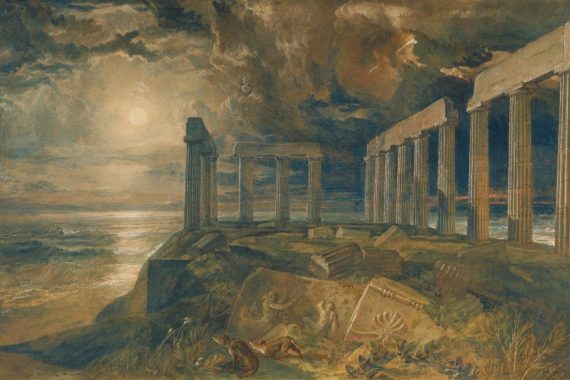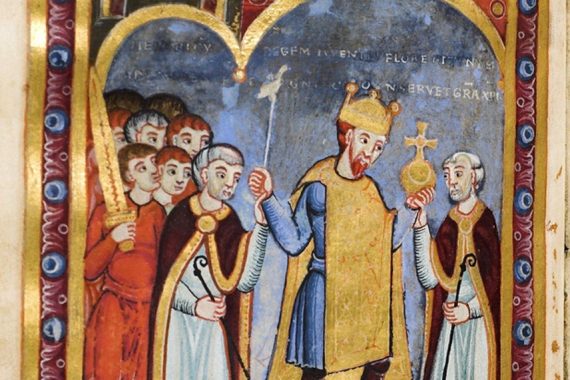Dealing with the recent past in St Maximin, Trier
Not only were the deeds of saints recorded in hagiographical sources; we regularly find traces of a local past as well. These traces can explain what elements of the past were important for a specific community. For example, in the following, I will argue that the Historia Miraculorum was written to justify a reform movement…


